Above: Crew members of the C-130 Hercules, including Capt. William Munson, standing far right, in 1961. Official U.S. Navy photograph.
Capt. Munson, aviation hero and East Greenwich regular guy
This piece is based on the saying, “It’s not the size of the dog in the fight, but, the size of the fight in the dog.” I have tried to use it as an example for several of my smaller ballplayers, one of my grandsons, and several others I have met along the path of life.
This article was written by Greg Munson, son of the subject of this story, “Captain ‘Lightning Bill’ Munson at the South Pole.”
I knew Captain Munson well. He and his family settled in East Greenwich in the mid-1950s. His son Bill played on the football team with me and I was a mentor to him and I believe I left him something in the class will. He has since passed.
Captain Munson was not a big man. I remember him as shorter than my 5-7 or 5-8 height of the day, despite his wife’s protestations that he was taller. He did carry himself with the rigidity and authority of a Navy captain.
You would have never guessed it by looking at him, but he was a true hero. We tend to judge our heroes by the screen stars and athletes we see in the movies and on TV screens. Though the Marine recruiting poster shows a 6 foot tall, 200 lb. manly hunk, in reality, the average size for a marines is 5’7″, 145 lbs. Our heroes are not always what we think they are. Audie Murphy, the most decorated war hero ever, was average sized, as was the hero of Hacksaw Ridge, Desmond Doss.
So sit back and read this tale by Greg Munson, about his father, a real American hero, who lived right here under our noses in East Greenwich. Who’da thought? – Bruce Mastracchio
My father, Captain William H. “Lightning Bill” Munson, (RN1908) Clan Solomon, so named for his alleged speed on the baseball diamond, was a Navy pilot, and veteran of three defining events: The Great Depression, World War 2, and the Cold War.
He grew up in Port Chester, N.Y., where his father, Halsey, was the mayor, cousin Fred was chief of police and his uncle, Willy Wenkenbach, owned and operated the local speakeasy, the White Horse Tavern. The family was thoroughly acquainted with the local townsfolk both from behind the bar and behind the bars.
After graduating from Cornell, Bill spent a year at Columbia Law School. The he decided that his real desire was to fly airplanes. He joined the Navy and got his “wings” at Pensacola NAS in 1938. He spent most of the pre-war years in the South Pacific and Caribbean, where he met Admiral Byrd, the famed Arctic explorer. Upon America’s entry into the war, then Lt. Munson flew anti-submarine patrols out of Greenland and Newfoundland. The experience he gained flying in frigid and harsh weather conditions was to serve him well in later years.
Munson served as executive officer and commanding officer of the aircraft carrier Point Cruz and then did a stint at the Pentagon. Then he was chosen to lead an all-volunteer squadron, VX-6 Antarctic Development Squadron, nicknamed the “Puckered Penguins,” which was part of Operation Deep Freeze, supporting naval and scientific research and exploration at McMurdo Base in Antarctica.
The squadron would spend the six-month “summer” at the South Pole and then return to the States, leaving a small contingent of scientists and naval personnel to winter over the six months of constant darkness and severe winter storms. Since no one had ever flown in, or out of, McMurdo in the winter, the crew was totally isolated until spring.
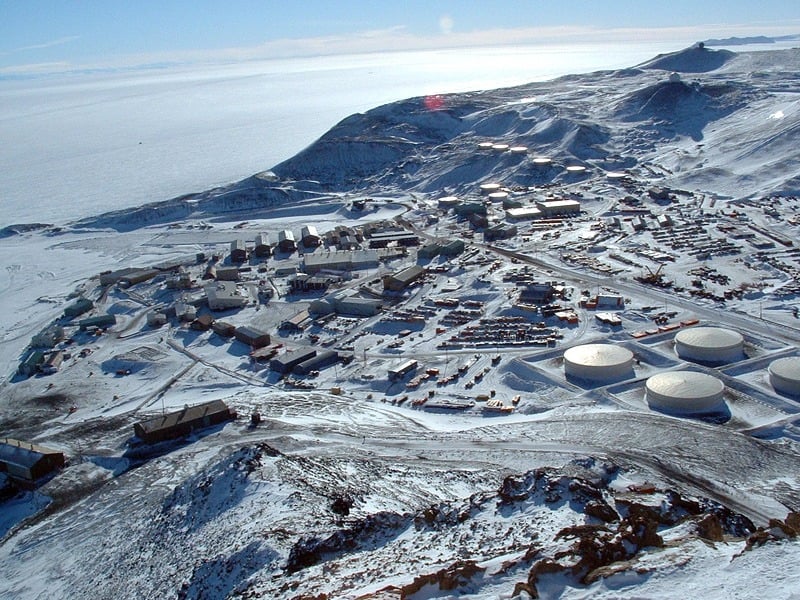
McMurdo Station, Antarctica.
In 1961, the Americans and Soviets had agreed to an exchange of scientists as the Soviet Union (aka Russia) had a base there also. Antarctica was divided between the two major powers. While wintering over, the base radioed that one of the Russian scientists had become seriously ill with a duodenal infection and they feared it was a life-threatening situation unless he could be evacuated to a medical facility in New Zealand.
Captain Munson and Commander Loyd Newcomer, his executive officer, volunteered to fly the rescue mission, based primarily on their confidence in the recently deployed Lockheed C130 Hercules, a plane that 40 years later is still one of the mainstays of aviation worldwide.
Munson loved the 4-engine “Herc.”
“It lands and takes off on pavement, grass, dirt, ice or snow; flies on two engines and can land on one,” he used to brag. Beside, Loyd Newcomer was a fine pilot.
Once, when encountering directional equipment trouble and having no idea where they were, Munson’s plane radioed Newcomer in McMurdo, and, in an uncanny display of flying skill and daring, Commander Newcomer flew out to fetch them, a very small moving needle in a very large, three dimensional haystack. He escorted the very relieved, if somewhat red-faced airedales back to their base.
End Part One
Were the Russians “playing us,” much like they are trying to do today? What did Captain Bill do that stamped him a hero? Did he succeed? Stay tuned and find out in Part Two of “The Size of the Dog”! – B. Mastracchio

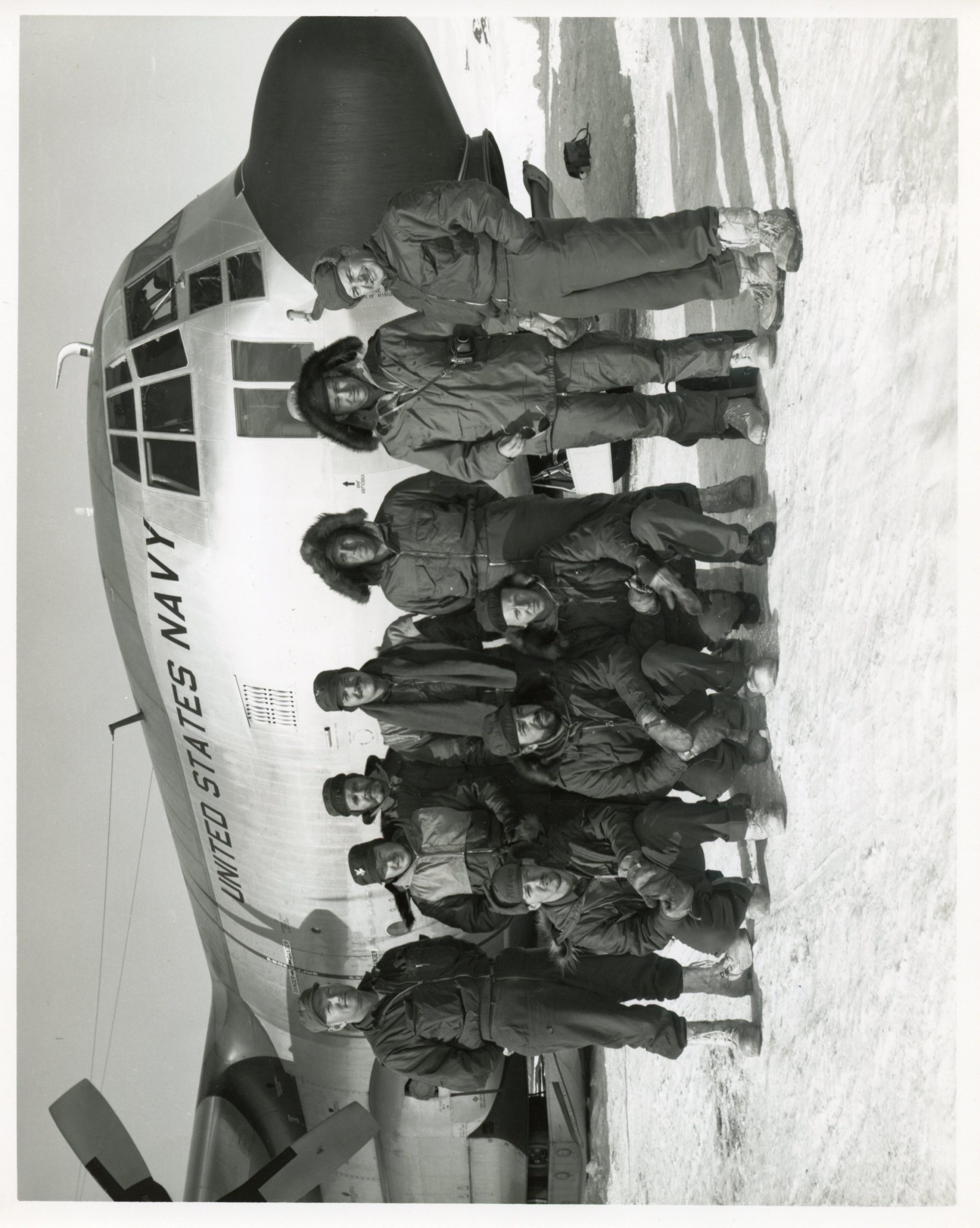
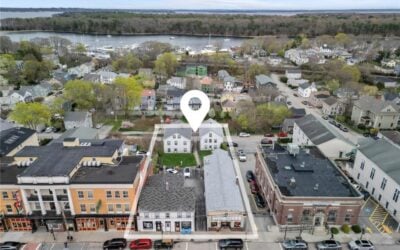
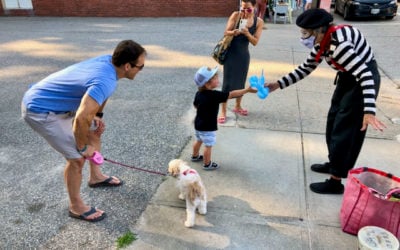
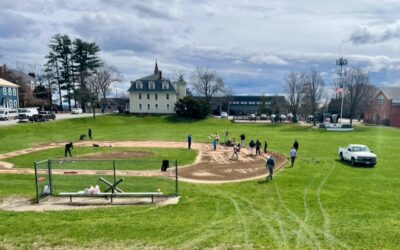
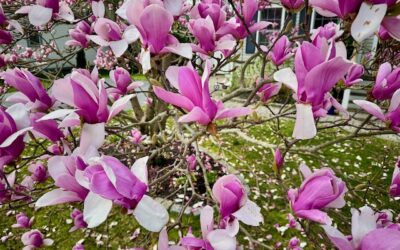
 Subscribe
Subscribe
Having known the Munsons for many years I can’t wait for part two even though I know at least part of how the story ends.
I just read Part 1 of Captain Munson’s story. I served with Captain Munson at Quonset Point NAS, RI when I volunteered for duty with VX-6. I was assigned to Whidbey Island, Washington when my best friend told me he was volunteering and asked if I wanted to “try out” for VX-6, too. We were put through a battery of tests, both physical and psychological, and later informed we were both selected for duty. Tom reported about a month before me and I reported in (as I recall) late June.
One incident I recall was when the Marine gate guards were giving our squadron members a hassle at the gate making them late for roll call. I don’t know if the Marine Commander had it out for our officers or men, but I do recall Captain Munson’s response. After roll call was hindered a few times, we were formed up outside the hanger and marched to, and through, the main gate without stopping or gaining permission. We went out the gate, did an about face, and marched back in the gate. Again, without requesting or waiting for permission. As I recall, we did that about three times then marched back to the hanger. We were never challenged by the Marine gate guards then, and the harassment at the gate stopped immediately. One thing in Captain Munson’s favor, he was the ranking Captain on the base. Even out ranking the Base Commander by time in grade. I was a lowly Airman at the time and left as a Petty Officer Third Class early spring of 1961. I had a lot of respect for Captain Munson and some of the officers I served with. I had some great friends and good memories.
As I type this a number of other memories and happenings spring to mind I’ll leave unsaid for another time. I left the Navy when I left VX-6 and had been married to a local girl for a few months. I was married in October of 1960and spent about three months in Chi Chi, never getting to the Ice.
And, here I am at 81 years of age. Still in Rhode Island and still married to that “local girl” and I guess by now I’m a “local guy” too. We celebrated our 61st wedding anniversary last October 21st.
Been a hell of a ride. And, a good one.
Thanks so much for sharing this, Al! Congrats on 61 years of marriage. Where do you live in R.I.?